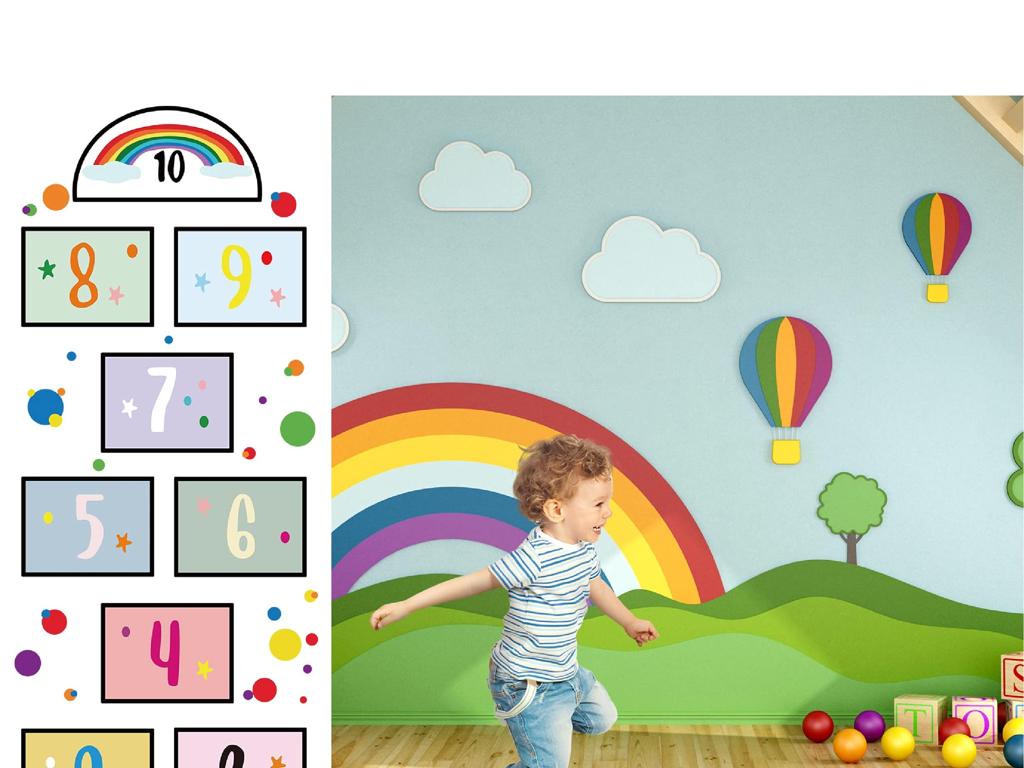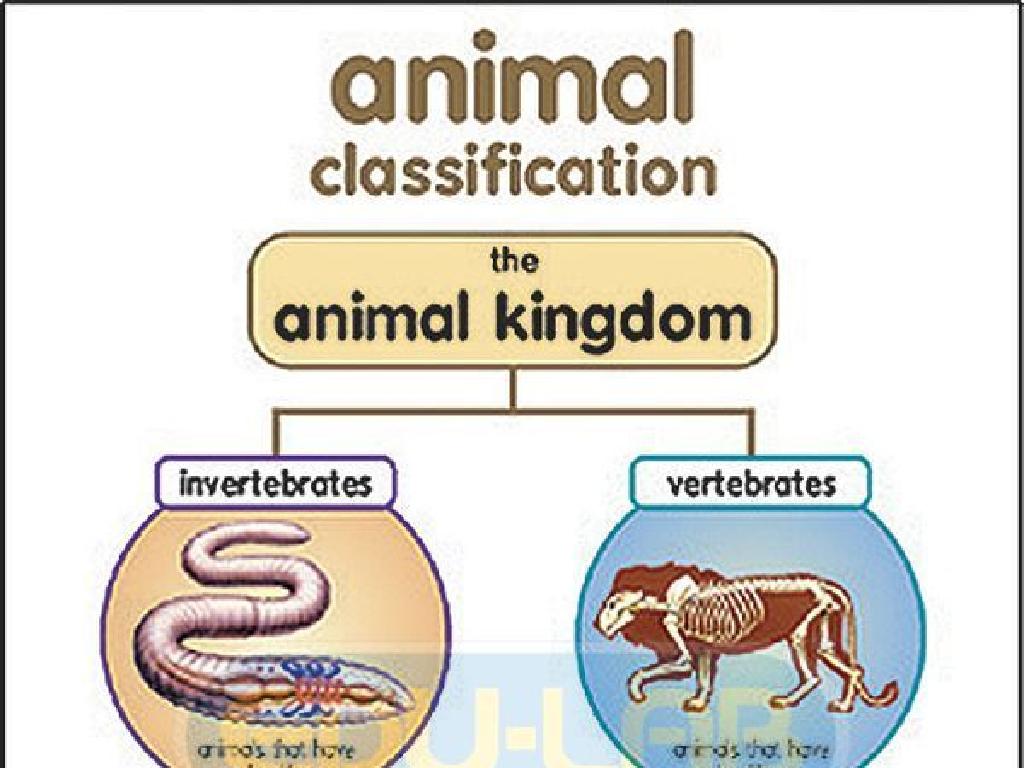Decimal Multiplication: Compare Products Up To Hundredths
Subject: Math
Grade: Fifth grade
Topic: Multiply Decimals
Please LOG IN to download the presentation. Access is available to registered users only.
View More Content
Introduction to Decimal Multiplication
– Recap: What are decimals?
– Decimals represent parts of a whole, like 0.5 is half
– Understanding decimal multiplication
– It’s like regular multiplication, but with numbers that have decimal points
– Significance of learning this skill
– Helps in real-world math problems, like money calculations
– Practical applications
– Used in measurements, finance, and science
|
Begin the lesson with a brief review of what decimals are and how they represent fractions of a whole, ensuring students recall prior knowledge. Introduce decimal multiplication as an extension of whole number multiplication, emphasizing the placement of the decimal point. Discuss the importance of learning this skill, highlighting its relevance in everyday situations such as handling money, measuring ingredients for recipes, and understanding distances. Provide examples to illustrate how decimal multiplication is used in various fields like finance and science. Encourage students to think of situations where they might need to use decimal multiplication in their daily lives.
Review of Decimal Multiplication Basics
– Review multiplying whole numbers
– Multiplication in daily life
– Examples: Shopping, cooking, and budgeting involve multiplication
– Activity: Warm-Up Exercise
– Practice with simple problems to jog memory
– Discuss importance of accuracy
|
Begin the class with a quick review of how to multiply whole numbers, as this is the foundation for understanding decimal multiplication. Highlight the relevance of multiplication in everyday scenarios such as shopping, cooking, and managing a budget to make the concept more relatable. Engage the students with a warm-up exercise consisting of simple multiplication problems to refresh their skills. Emphasize the importance of accuracy when multiplying, especially with decimals, as it affects the comparison of products. For the activity, provide different sets of multiplication problems for students to solve quickly. This will help them recall multiplication facts and prepare them for learning about decimal multiplication.
Understanding Decimal Place Values
– What is Place Value?
– Decimal Places: Tenths, Hundredths
– Tenths are one part of ten, hundredths are one part of a hundred.
– Comparing 0.5 and 0.05
– 0.5 has 5 tenths, 0.05 has 5 hundredths. Which is greater?
– Significance of Decimal Places
– Decimal places determine a number’s value and position.
|
This slide introduces the concept of place value, which is fundamental in understanding decimals. Place value refers to the value of a digit based on its position within a number. Students should recognize that in the decimal system, each place represents a power of ten. The first place after the decimal is tenths, followed by hundredths, and so on. Using the example of 0.5 versus 0.05, students will see that despite both having the digit ‘5’, their values differ due to their place value. Emphasize that the position of a digit in a decimal number is crucial in determining its overall value. Encourage students to practice by comparing different decimal numbers to reinforce the concept.
Steps to Multiply Decimals
– Ignore the decimal point initially
– Multiply numbers as whole numbers
– Place the decimal in the answer
– Count total decimal places in factors for correct placement
– Compare decimal products
– Use estimation to check product placement
|
When teaching decimal multiplication, start by having students ignore the decimal points and multiply the numbers as if they were whole numbers. This simplifies the process and focuses on their multiplication skills. After obtaining the product, guide them to place the decimal point in the correct spot by counting the total number of decimal places in the factors. Finally, have students compare the products of decimal multiplication to ensure they’ve placed the decimal correctly. Encourage them to use estimation to verify their answers. For example, multiplying 0.5 by 0.2 should give a product smaller than 0.5, and so on. This slide will help students understand the process and build confidence in multiplying decimals.
Comparing Decimal Products
– Steps to compare decimal products
– Multiply decimals, line up the products, and compare sizes.
– Example: 0.3 x 0.4 vs. 0.2 x 0.5
– 0.3 x 0.4 = 0.12 and 0.2 x 0.5 = 0.10, so 0.12 is greater.
– Impact of different decimal factors
– Multiplying larger decimals often results in larger products.
– Practice comparing products
|
This slide introduces students to the concept of comparing the products of decimal multiplication. Start by explaining the steps to multiply decimals and how to compare the results. Use the example provided to illustrate the process. Discuss how the size of the decimal factors can affect the size of the product. Encourage students to practice with additional examples to reinforce the concept. Provide guidance on how to approach problems and ensure understanding of comparing decimal numbers up to the hundredths place.
Let’s Practice Multiplying Decimals!
– Multiply two decimals: 0.7 x 0.3
– Example: 0.7 times 0.3 equals 0.21
– Multiply two decimals: 0.8 x 0.6
– Example: 0.8 times 0.6 equals 0.48
|
This slide is designed for students to practice decimal multiplication with hands-on examples. The first example, 0.7 x 0.3, demonstrates how to multiply decimals and compare the size of products. The second example, 0.8 x 0.6, reinforces the concept with slightly larger numbers. Encourage students to line up the decimal points correctly and count the number of decimal places in the product. Provide additional practice problems for students to work on individually or in pairs, and discuss the importance of understanding decimal multiplication in real-world contexts, such as money transactions and measurements.
Decimal Multiplication Game: Race to Compare
– Pair up with a classmate
– Solve decimal multiplication problems
– Use grid paper to help visualize decimal places
– Race to compare your answers
– First to finish & get correct answers wins
– Share results with the class
– Discuss different methods used
|
This interactive game is designed to reinforce the concept of decimal multiplication and comparing products. Students will work in pairs to solve a series of decimal multiplication problems. They will use grid paper to assist with aligning decimal places correctly. The race element adds excitement and encourages quick thinking, while ensuring accuracy is maintained. After the activity, students will share their answers and discuss the different strategies they used to solve the problems. This will provide an opportunity for peer learning and for the teacher to address any misconceptions. Prepare 4-5 sets of problems with varying difficulty to cater to different skill levels within the class.
Wrapping Up: Decimal Multiplication
– Review of decimal multiplication
– Practice makes perfect
– Regular practice is key to mastering decimal multiplication skills.
– Homework: Worksheet completion
– Solve problems on the provided worksheet to reinforce today’s lesson.
– Next class: Sharing answers
– Be prepared to discuss your solutions in the next class.
|
As we conclude today’s lesson on decimal multiplication, it’s crucial to emphasize the importance of practice. Reinforce the concept that mastering decimal multiplication requires regular and consistent practice. For homework, students are assigned a worksheet that includes problems up to the hundredths place. This will help solidify their understanding of the topic. In the next class, we will review the worksheet answers together, allowing students to learn from each other and clarify any misunderstandings. Encourage students to attempt all problems and remind them that making mistakes is a part of the learning process.






